These 25 healthy ways on how to make easy toddler meals will help you plan a meal schedule for your toddler that both you and your little one will love.
My little girl will always insist on eating herself, simply because she doesn’t want to be fed properly, she just wants to pick out what she wants and then trash the rest on the table. Meal time is usually messy and challenging for us.
When your child gets to the stage where they start picking what to eat, some are picky eaters or craving for different kinds of food can be very challenging, you try hard on a daily basis to figure out what to feed them with, that is healthy and easy to prepare.
You can beat up easy, nutritious meals that keep your toddler smiling, and maybe even sneak in a few veggies without causing a crash, making them want more.
This article will help you plan a healthy, nutritious and easy to prepare, toddler approved meal calendar for your toddler that will make each mealtime a bit smoother and fun.
Stay with us for simple, delicious ideas that might just have your little one asking for more.
25 HEALTHY WAYS ON HOW TO MAKE EASY TODDLER MEALS
BREAKFAST IDEAS
1. Banana Oat Pancakes
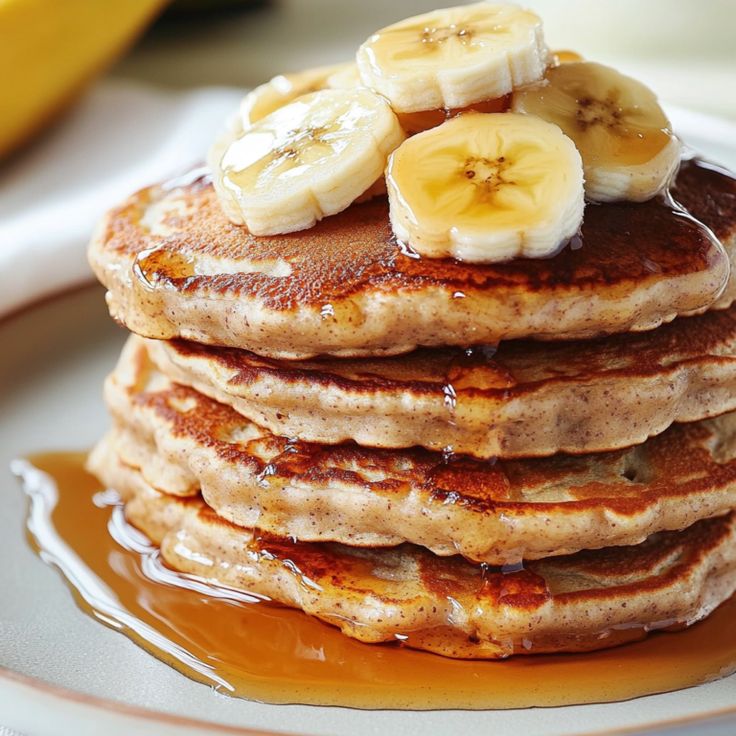
Ingredients: 1 ripe banana, 1 egg, ¼ cup oats.
How to Make: Mash banana, mix with egg and oats. Cook on low heat in mini sizes for easy handling.
Why It’s Great: No added sugar, fiber-rich, and provides potassium (banana) + protein (egg).
Tip: Add a pinch of cinnamon for extra flavor. Serve with a smear of nut butter.
2. Greek Yogurt Parfait
 Ingredients: Plain Greek yogurt, berries (fresh or frozen), granola.
Ingredients: Plain Greek yogurt, berries (fresh or frozen), granola.
How to Serve: Layer yogurt, berries, and a sprinkle of granola for crunch.
Why It’s Great: High in protein (yogurt) and antioxidants (berries).
Tip: Use whole-fat yogurt for healthy brain development.
3. Scrambled Eggs with Cheese
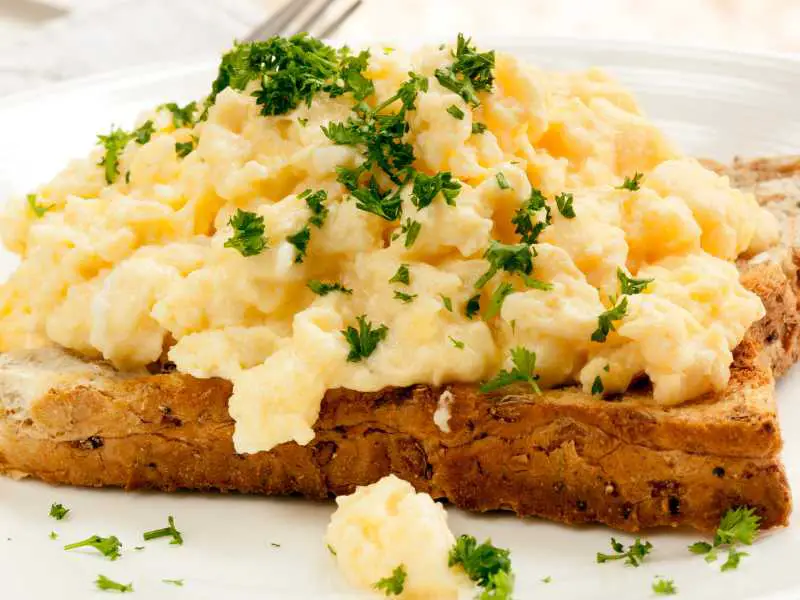
Ingredients: 1 egg, shredded cheese, whole wheat toast.
How to Make: Scramble egg gently, mix in cheese, serve with toast strips.
Why It’s Great: Complete protein (egg) + calcium (cheese) + fiber (toast).
Tip: Add a tiny bit of butter for extra fat (great for brain growth).
4. Avocado Toast Soldiers
 Ingredients: Whole grain toast, ½ avocado, olive oil (optional).
Ingredients: Whole grain toast, ½ avocado, olive oil (optional).
How to Serve: Mash avocado on toast, cut into strips for easy grabbing.
Why It’s Great: Healthy fats (avocado) + complex carbs (toast).
Tip: Sprinkle with hemp seeds for extra omega-3s.
5. Apple Cinnamon Oatmeal
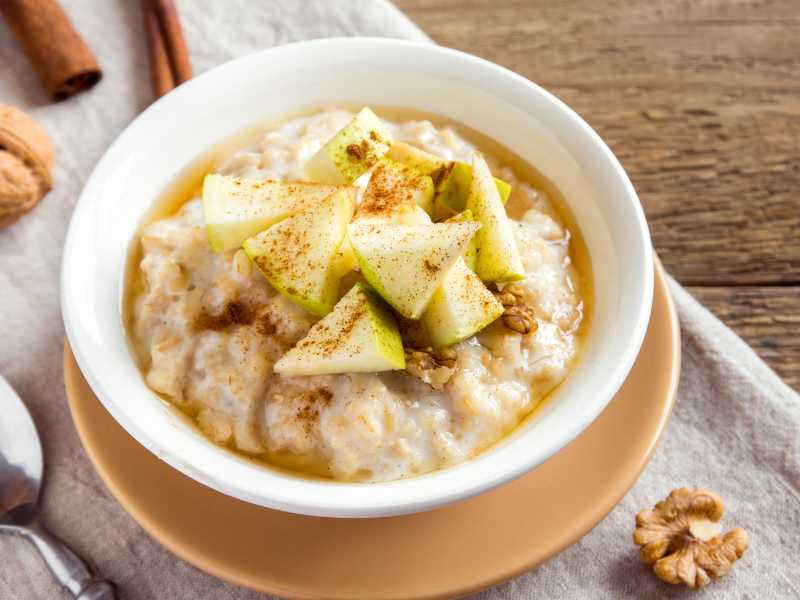 Ingredients: Rolled oats, grated apple, cinnamon, milk (or water).
Ingredients: Rolled oats, grated apple, cinnamon, milk (or water).
How to Make: Cook oats with grated apple, stir in cinnamon.
Why It’s Great: Fiber-rich, naturally sweet, and gentle on digestion.
Tip: Top with chia seeds for extra nutrients.
LUNCH IDEAS
6. Turkey & Cheese Roll-Ups
 Ingredients: Sliced turkey, cheese, cucumber sticks.
Ingredients: Sliced turkey, cheese, cucumber sticks.
How to Serve: Roll turkey & cheese together, serve with cucumber.
Why It’s Great: Lean protein (turkey) + calcium (cheese) + hydration (cucumber).
Tip: Use nitrate-free turkey if possible.
7. Mini Quesadillas
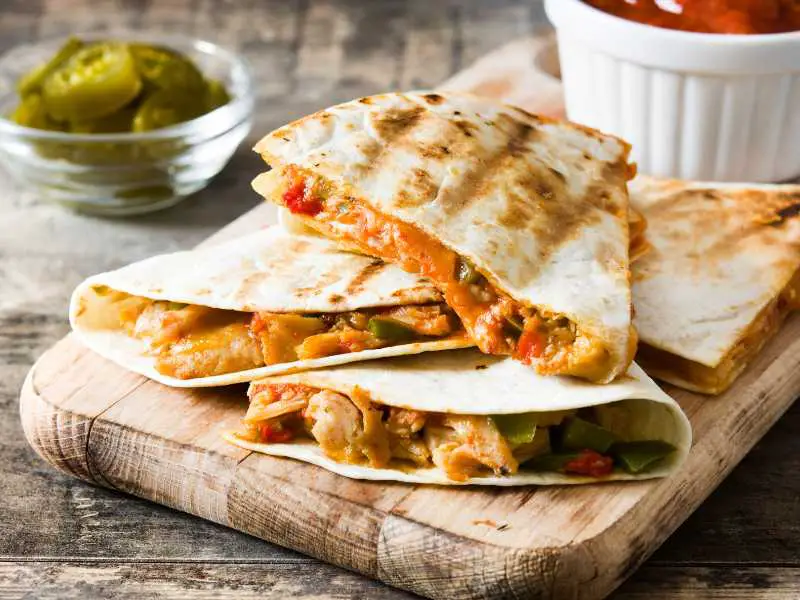 Ingredients: Whole wheat tortilla, shredded cheese, black beans (mashed).
Ingredients: Whole wheat tortilla, shredded cheese, black beans (mashed).
How to Make: Lightly toast in a pan until cheese melts, cut into wedges.
Why It’s Great: Fiber (beans) + protein (cheese) + iron (beans).
Tip: Add finely chopped spinach for extra veggies.
8. Veggie Grilled Cheese
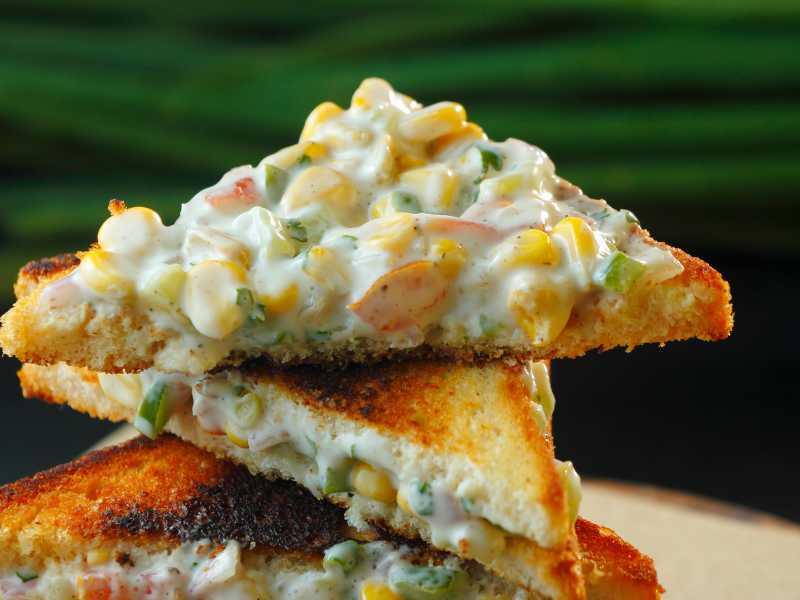 Ingredients: Whole wheat bread, cheese, shredded zucchini/spinach.
Ingredients: Whole wheat bread, cheese, shredded zucchini/spinach.
How to Make: Grill with butter, adding veggies inside.
Why It’s Great: Sneaks in veggies + calcium (cheese).
Tip: Use a cookie cutter to make fun shapes.
9. Hummus & Veggie Plate
 Ingredients: Hummus, bell peppers, cherry tomatoes, whole wheat pita.
Ingredients: Hummus, bell peppers, cherry tomatoes, whole wheat pita.
How to Serve: Cut veggies into sticks, serve with hummus for dipping.
Why It’s Great: Plant-based protein (hummus) + vitamins (veggies).
Tip: Roast peppers for a sweeter taste if needed.
10. Tuna Salad Boats
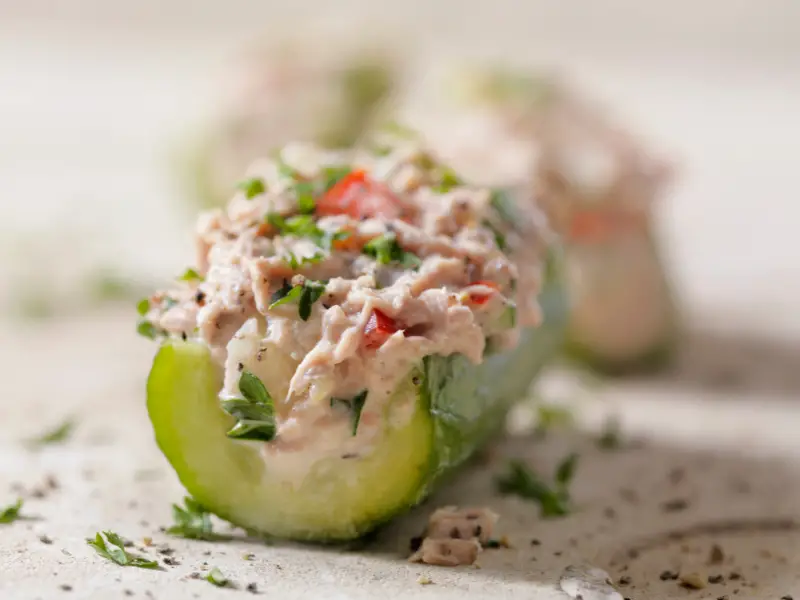 Ingredients: Canned tuna, Greek yogurt, cherry tomatoes/cucumber cups.
Ingredients: Canned tuna, Greek yogurt, cherry tomatoes/cucumber cups.
How to Make: Mix tuna with yogurt, stuff into halved tomatoes or cucumbers.
Why It’s Great: Omega-3s (tuna) + probiotics (yogurt).
Tip: Use light tuna in water (low mercury).
DINNER IDEAS
11. Baked Chicken Tenders
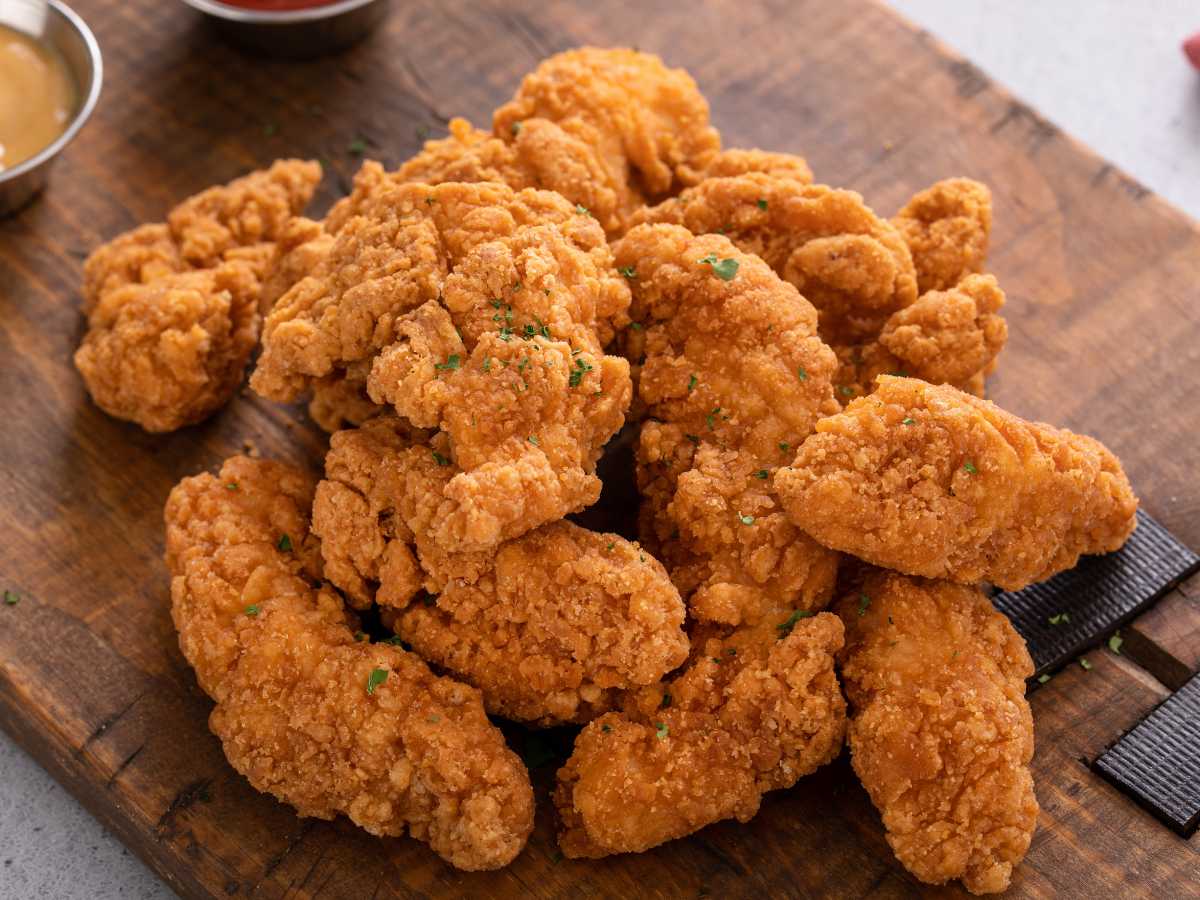 Ingredients: Chicken strips, whole wheat breadcrumbs, egg wash.
Ingredients: Chicken strips, whole wheat breadcrumbs, egg wash.
How to Make: Dip in egg, coat in crumbs, bake at 375°F for 15-20 mins.
Why It’s Great: Lean protein + fiber (whole wheat crumbs).
Tip: Serve with ketchup or yogurt dip.
12. Sweet Potato & Black Bean Mash
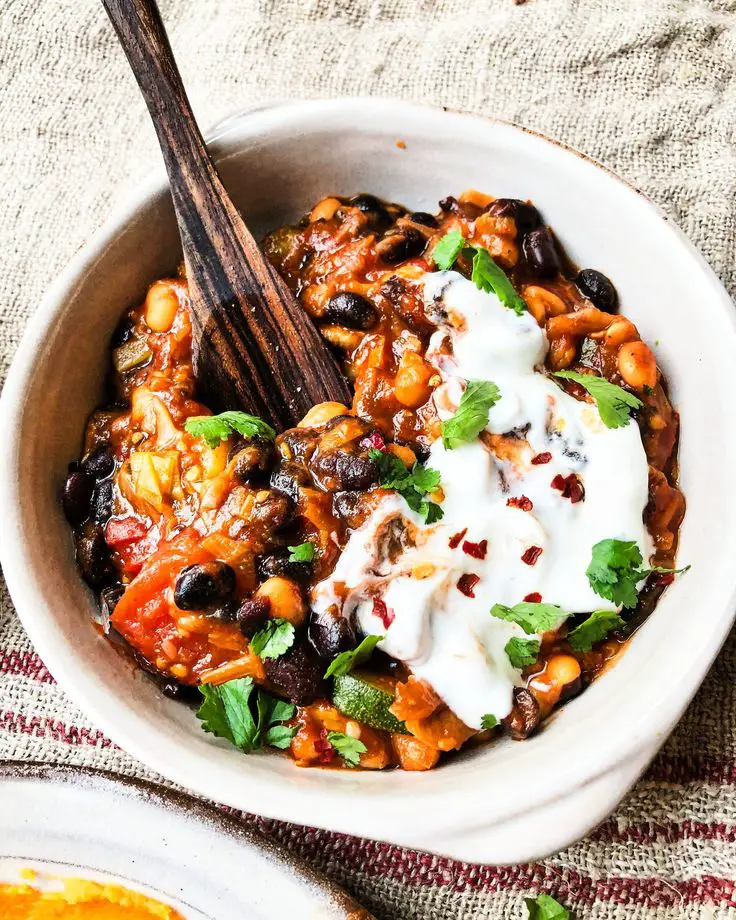
Ingredients: Cooked sweet potato, black beans, shredded cheese.
How to Make: Mash together, warm slightly.
Why It’s Great: Fiber, vitamin A (sweet potato), plant protein (beans).
Tip: Add a dash of cumin for flavor.
13. Mini Meatballs with Pasta
 Ingredients: Ground turkey/beef, breadcrumbs, egg, whole wheat pasta.
Ingredients: Ground turkey/beef, breadcrumbs, egg, whole wheat pasta.
How to Make: Roll into small balls, bake, serve with pasta & marinara.
Why It’s Great: Iron (meat) + complex carbs (pasta).
Tip: Make a batch and freeze extras.
14. Broccoli & Cheese Quinoa
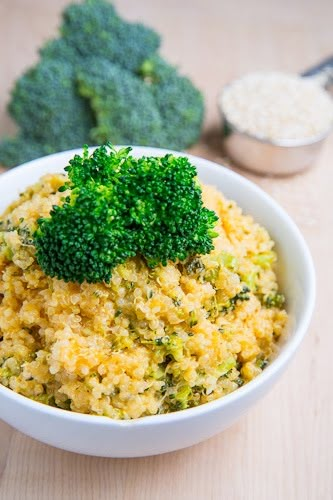
Ingredients: Cooked quinoa, steamed broccoli, shredded cheese.
How to Make: Mix together while warm.
Why It’s Great: Complete protein (quinoa) + calcium (cheese).
Tip: Use mild cheddar for picky eaters.
15. Lentil Soup with Toast
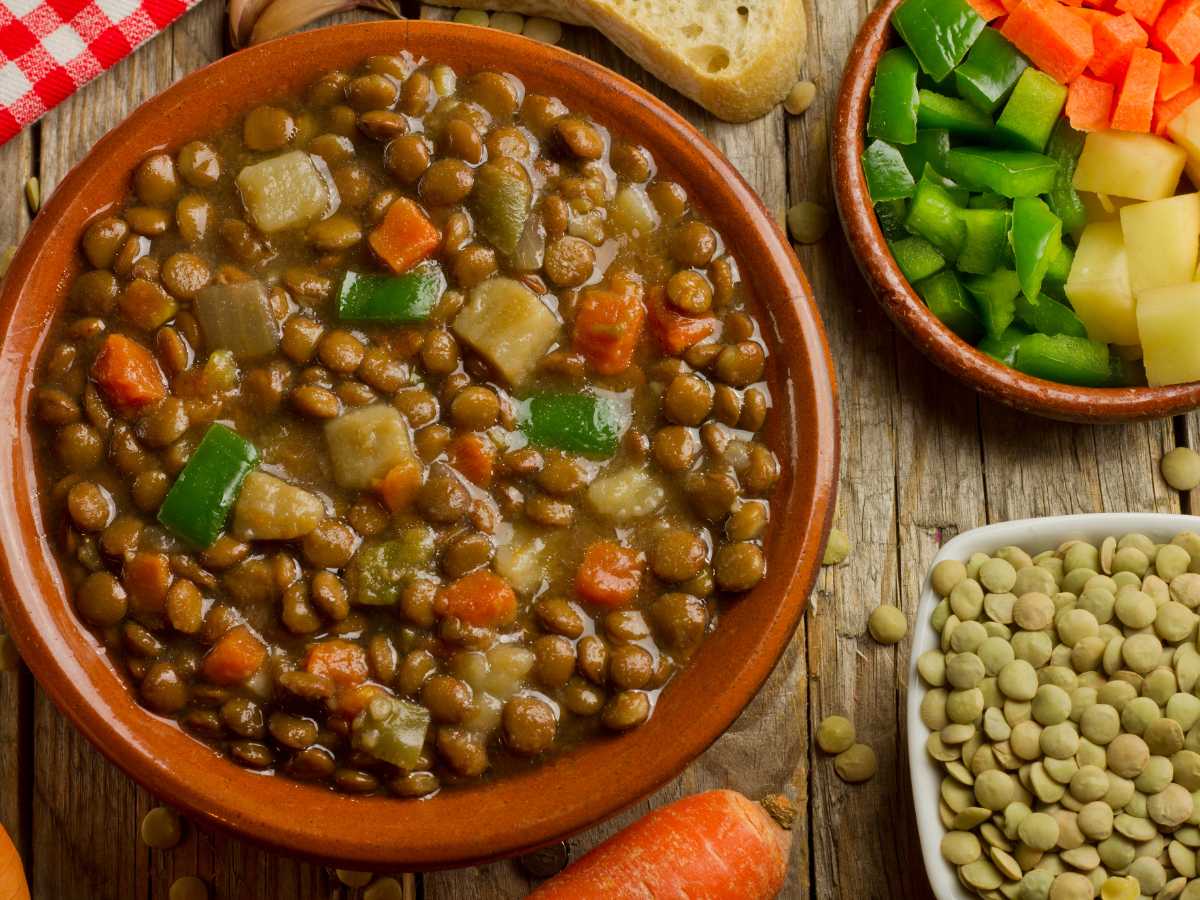 Ingredients: Red lentils, mild spices, whole grain bread.
Ingredients: Red lentils, mild spices, whole grain bread.
How to Make: Simmer lentils until soft, blend if needed.
Why It’s Great: Iron (lentils) + fiber (bread).
Tip: Add a little coconut milk for creaminess.
SNACK & FINGER FOODS
16. Cheese & Whole Grain Crackers
 Why It’s Great: Calcium + fiber.
Why It’s Great: Calcium + fiber.
Tip: Pair with fruit for balance.
17. Hard-Boiled Egg Halves
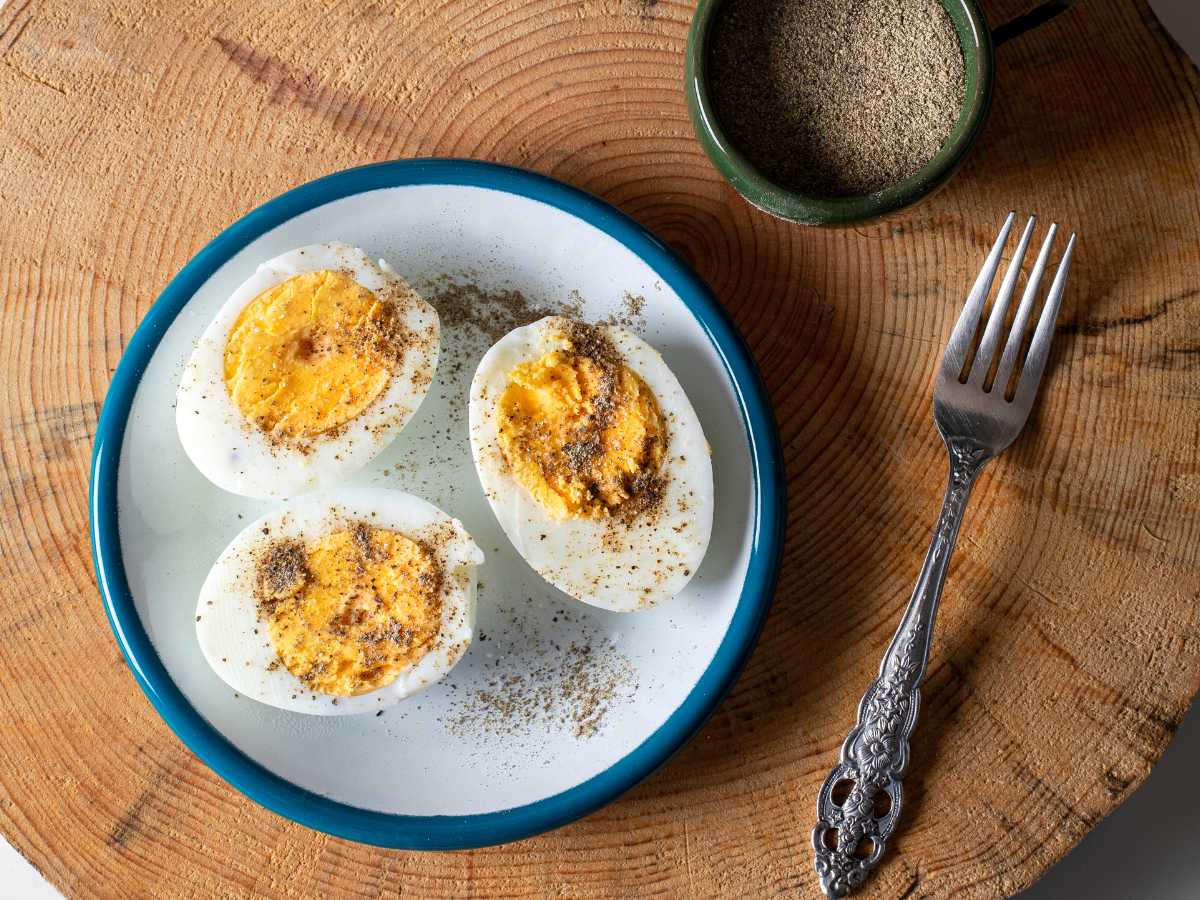 Why It’s Great: Protein + choline (brain development).
Why It’s Great: Protein + choline (brain development).
Tip: Sprinkle with paprika for color.
18. Peanut Butter Banana Bites

Why It’s Great: Healthy fats (PB) + potassium (banana).
Tip: Use almond butter if allergies aren’t a concern.
19. Cottage Cheese & Peach Slices
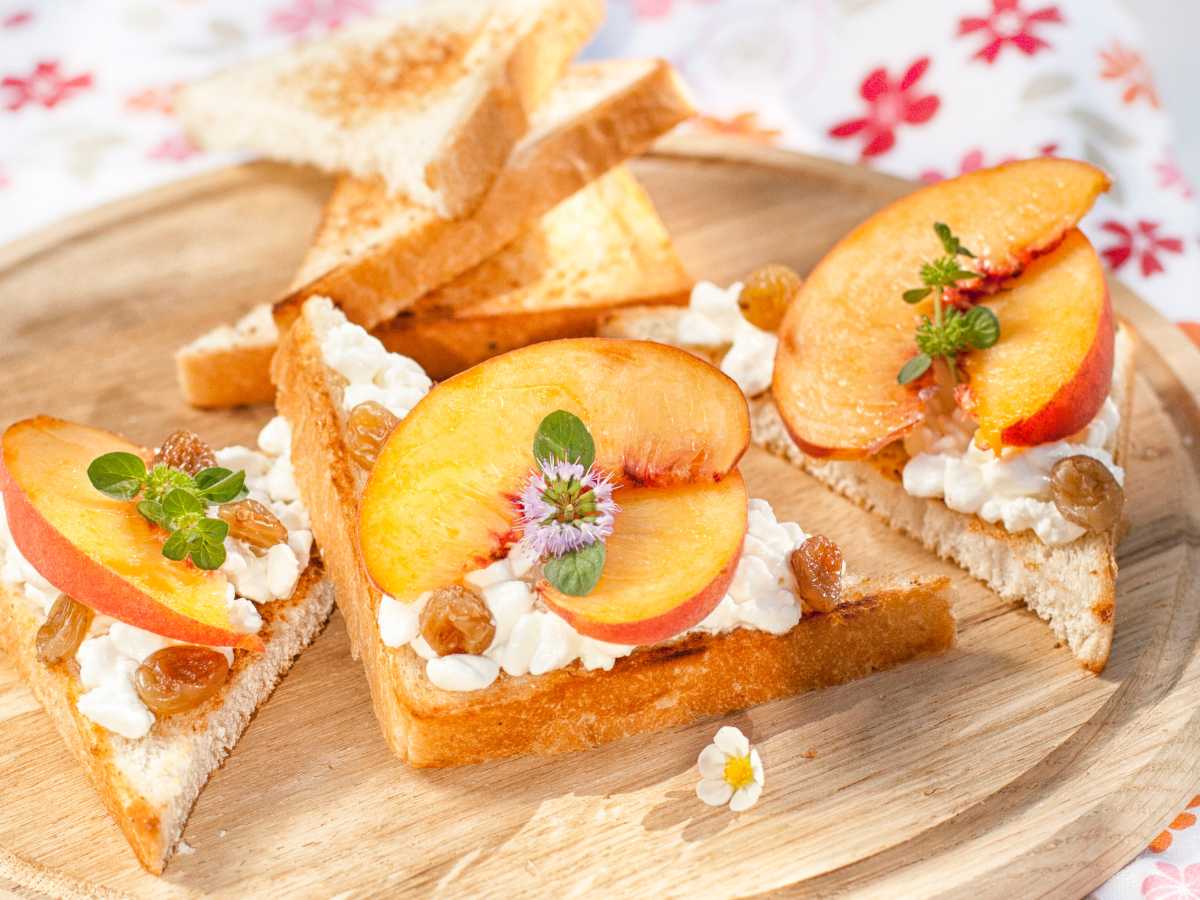 Why It’s Great: Protein (cottage cheese) + vitamin C (peach).
Why It’s Great: Protein (cottage cheese) + vitamin C (peach).
Tip: Use canned peaches in juice if fresh isn’t available.
20. Frozen Yogurt Drops
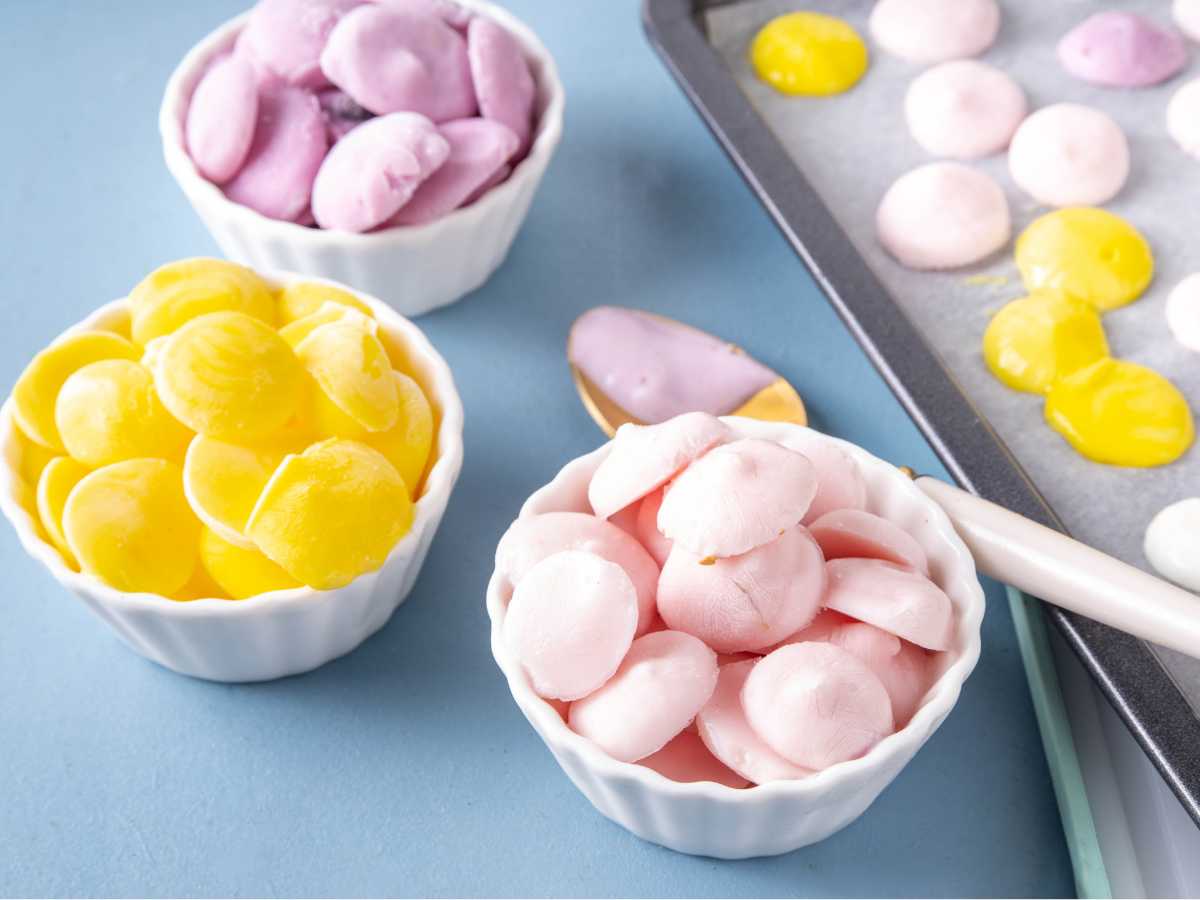 Why It’s Great: Probiotics (yogurt) + fun texture.
Why It’s Great: Probiotics (yogurt) + fun texture.
Tip: Use silicone molds for easy freezing.
NO-COOK/QUICK PREP IDEAS
21. Cucumber & Cream Cheese Sandwiches
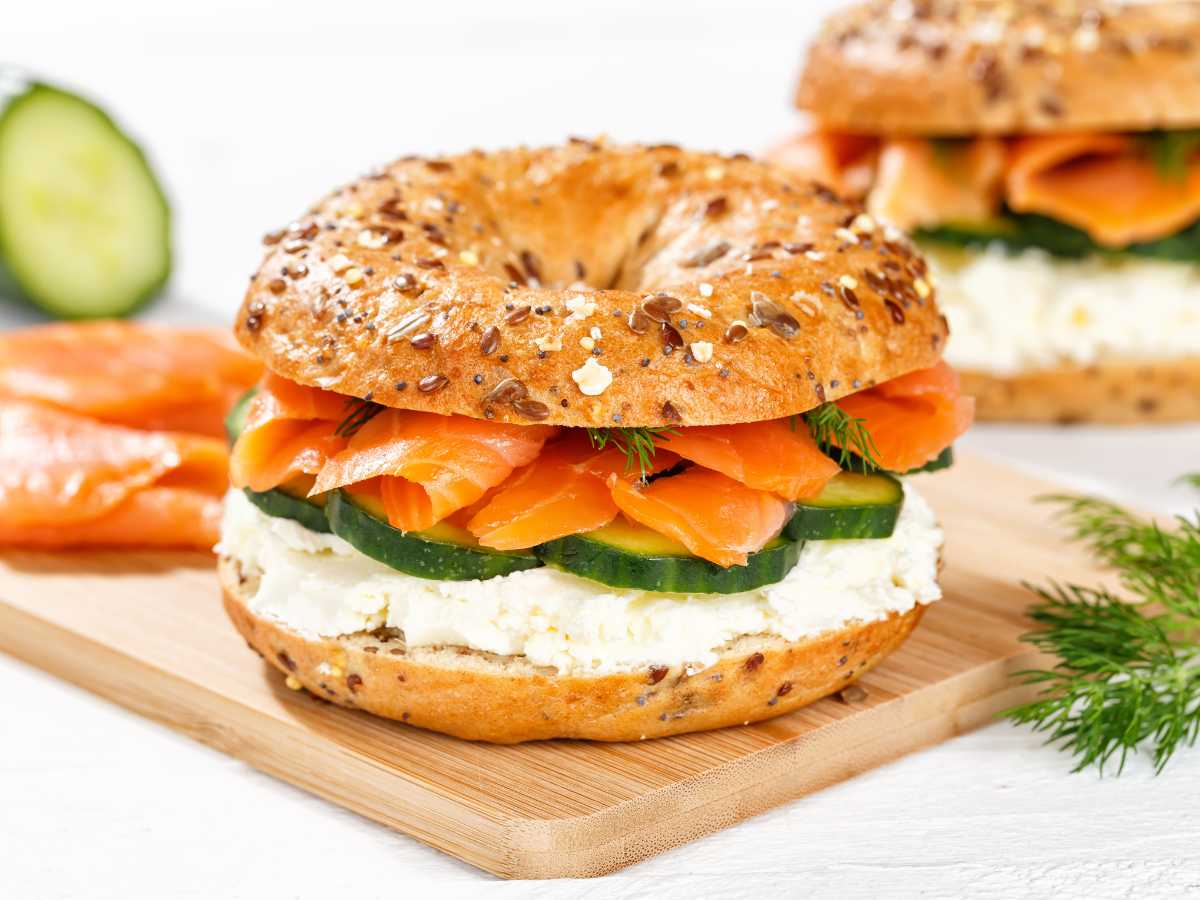 Why It’s Great: Hydrating (cucumber) + fat (cream cheese).
Why It’s Great: Hydrating (cucumber) + fat (cream cheese).
22. Turkey & Cheese Kabobs
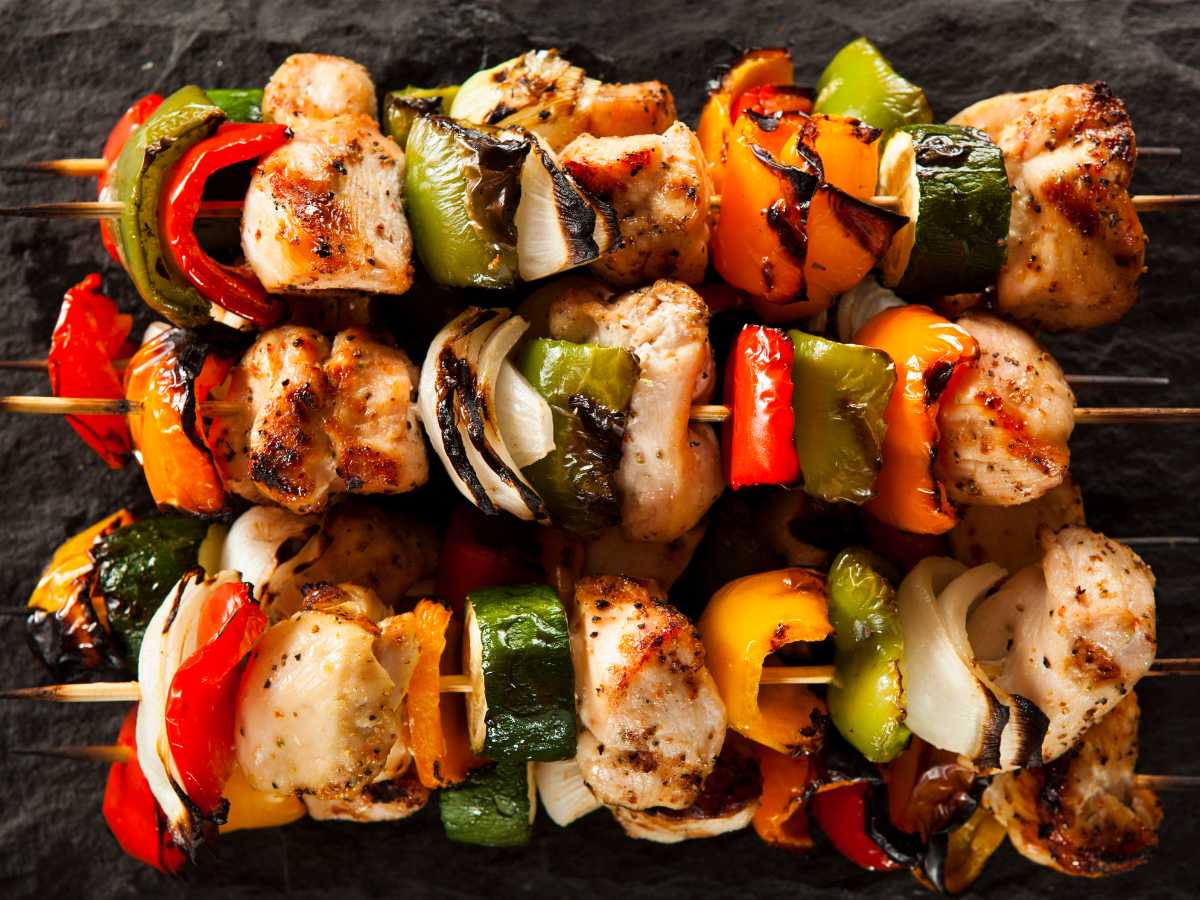 Why It’s Great: Fun presentation + balanced nutrients.
Why It’s Great: Fun presentation + balanced nutrients.
23. Mashed Avocado & Tomato Toast
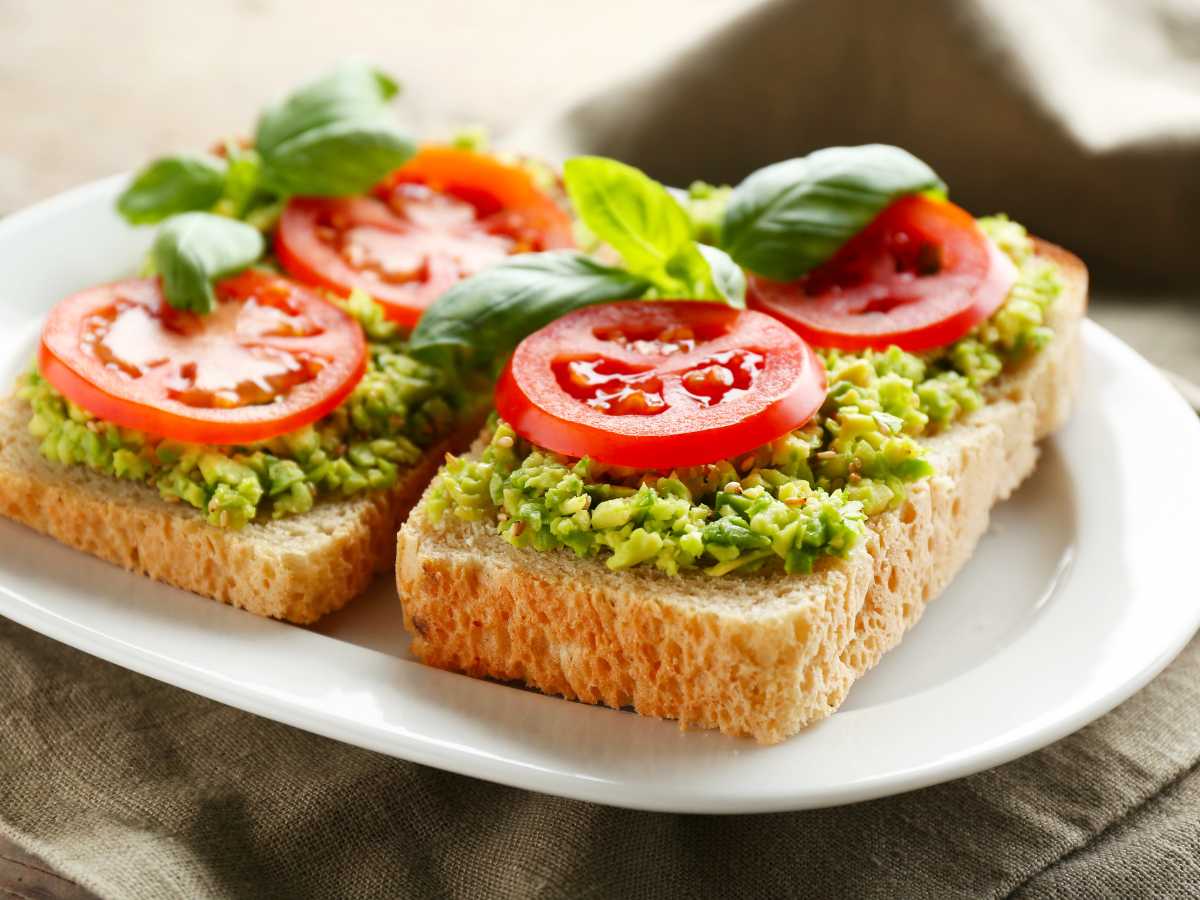 Why It’s Great: Healthy fats + lycopene (tomato).
Why It’s Great: Healthy fats + lycopene (tomato).
24. Berry & Yogurt Smoothie
 Why It’s Great: Antioxidants + probiotics.
Why It’s Great: Antioxidants + probiotics.
25. Oatmeal Banana Cookies
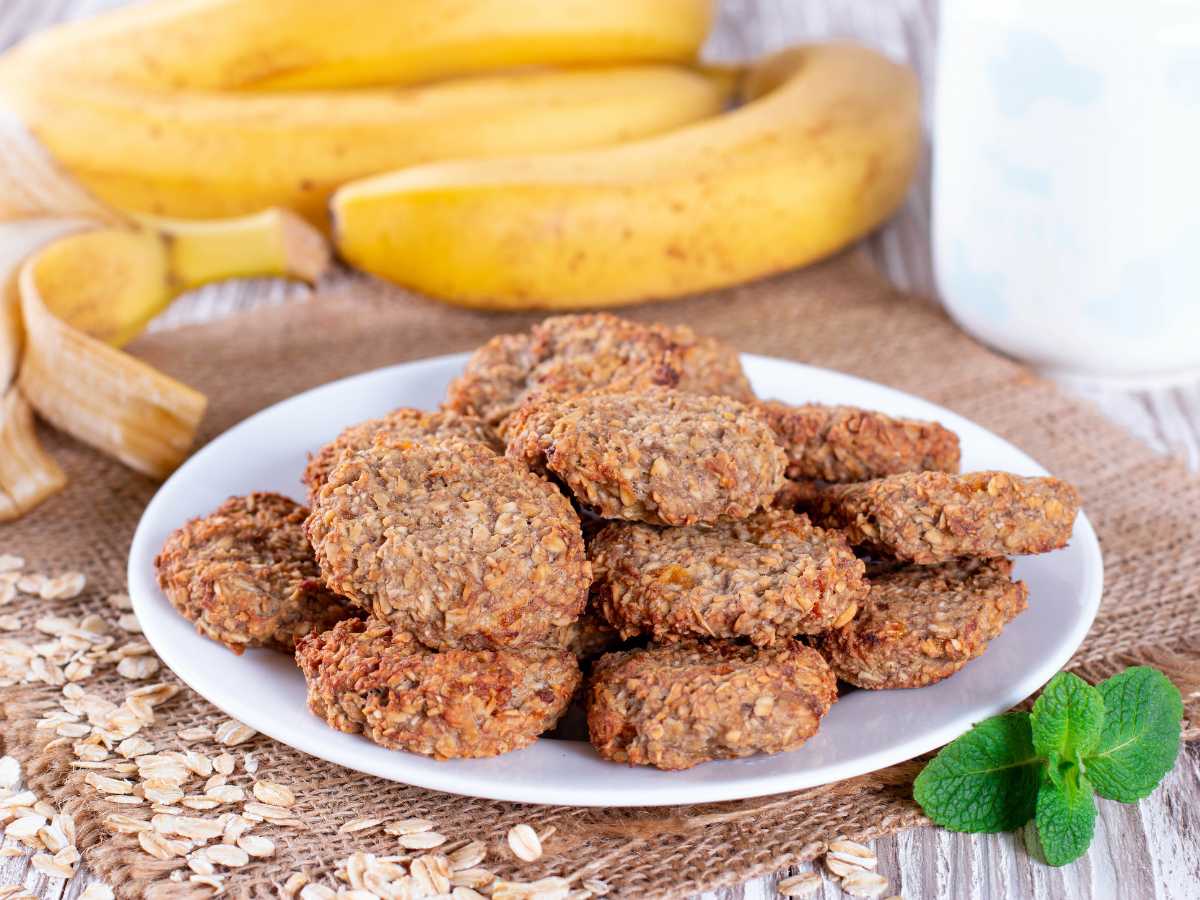 Why It’s Great: No sugar needed, fiber-rich.
Why It’s Great: No sugar needed, fiber-rich.
Final Tips:
Let toddlers explore textures (even if it’s messy!).
Rotate familiar + new foods to expand their palate.
Stay calm if they reject a meal, it often takes multiple exposures.
10 SIMPLE WAYS TO DEAL WITH A PICKY EATER
1. Offer Choices (But Limit Them)

Example: “Do you want peas or carrots today?”
Why it works: Gives them control without overwhelming them.
2. Serve “Deconstructed” Meals
 Example: Separate components (e.g., chicken, rice, broccoli) instead of mixed dishes.
Example: Separate components (e.g., chicken, rice, broccoli) instead of mixed dishes.
Why it works: Kids often reject foods when they’re touching other foods.
3. Use the “No Thank You Bite” Rule

Example: “Try one bite. If you don’t like it, say ‘no thank you.’”
Why it works: Encourages tasting without pressure.
4. Pair New Foods with Favorites

Example: Serve a new veggie alongside their beloved mac & cheese.
Why it works: Familiar foods make them feel safe to explore.
5. Let Them Play with Food
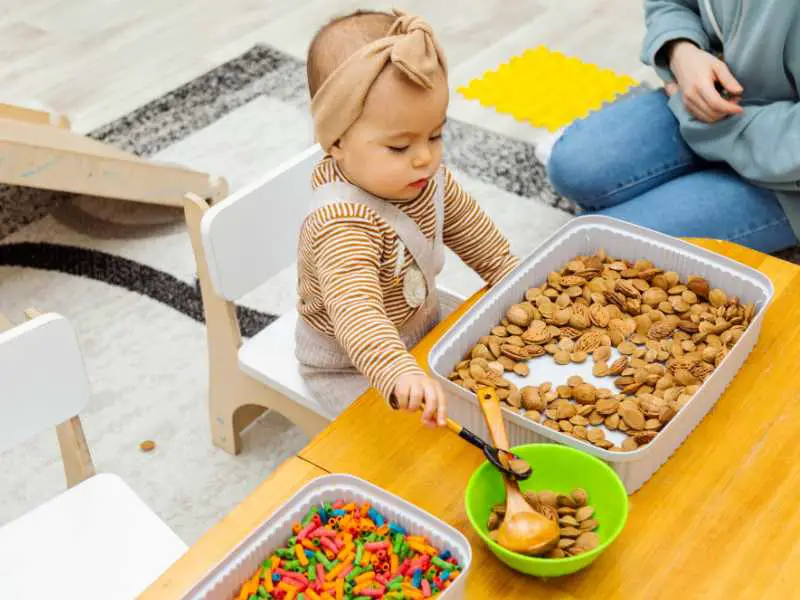
Example: Allow squishing, dipping, or arranging food into shapes.
Why it works: Sensory exploration reduces fear of new textures.
6. Be a Role Model

Example: Eat the same foods with enthusiasm in front of them.
Why it works: Kids mimic parents—even if it takes 10+ exposures!
7. Avoid Labeling Them “Picky”

Example: Say “You’re learning to like new foods!” instead.
Why it works: Labels can stick—positive framing encourages growth.
8. Keep Portions Tiny
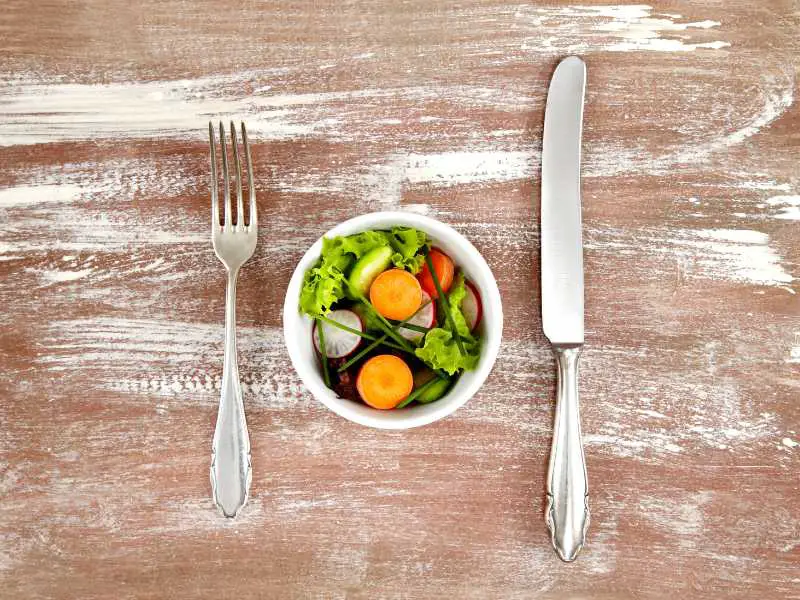
Example: 1–2 pieces of broccoli vs. a full serving.
Why it works: Less intimidating, and they can ask for more.
9. Make Food Fun (Not Fancy)

Example: Cut sandwiches into shapes or give foods silly names (“Power Peas!”).
Why it works: Playfulness reduces mealtime tension.
10. Stay Calm & Neutral
 Example: “Okay, maybe next time!” instead of pleading/bribing.
Example: “Okay, maybe next time!” instead of pleading/bribing.
Why it works: Pressure backfires—neutrality keeps meals positive.
Dealing with a picky eater can feel frustrating, but remember this phase is completely normal and often temporary.
By staying calm, keeping meals positive, and offering a variety of foods without pressure, you’re setting the foundation for a lifetime of healthy eating habits.
You are doing great, and every meal is a new opportunity. Keep offering, keep modeling, and most importantly, keep enjoying this messy, unpredictable journey of feeding your little one.
Let’s be real, feeding a picky toddler can test anyone’s patience. One day they devour everything, the next they act like broccoli is poison.
But here’s the good news: this is just a phase, and with your love and consistency, they will grow through it.
|
ReplyForward |